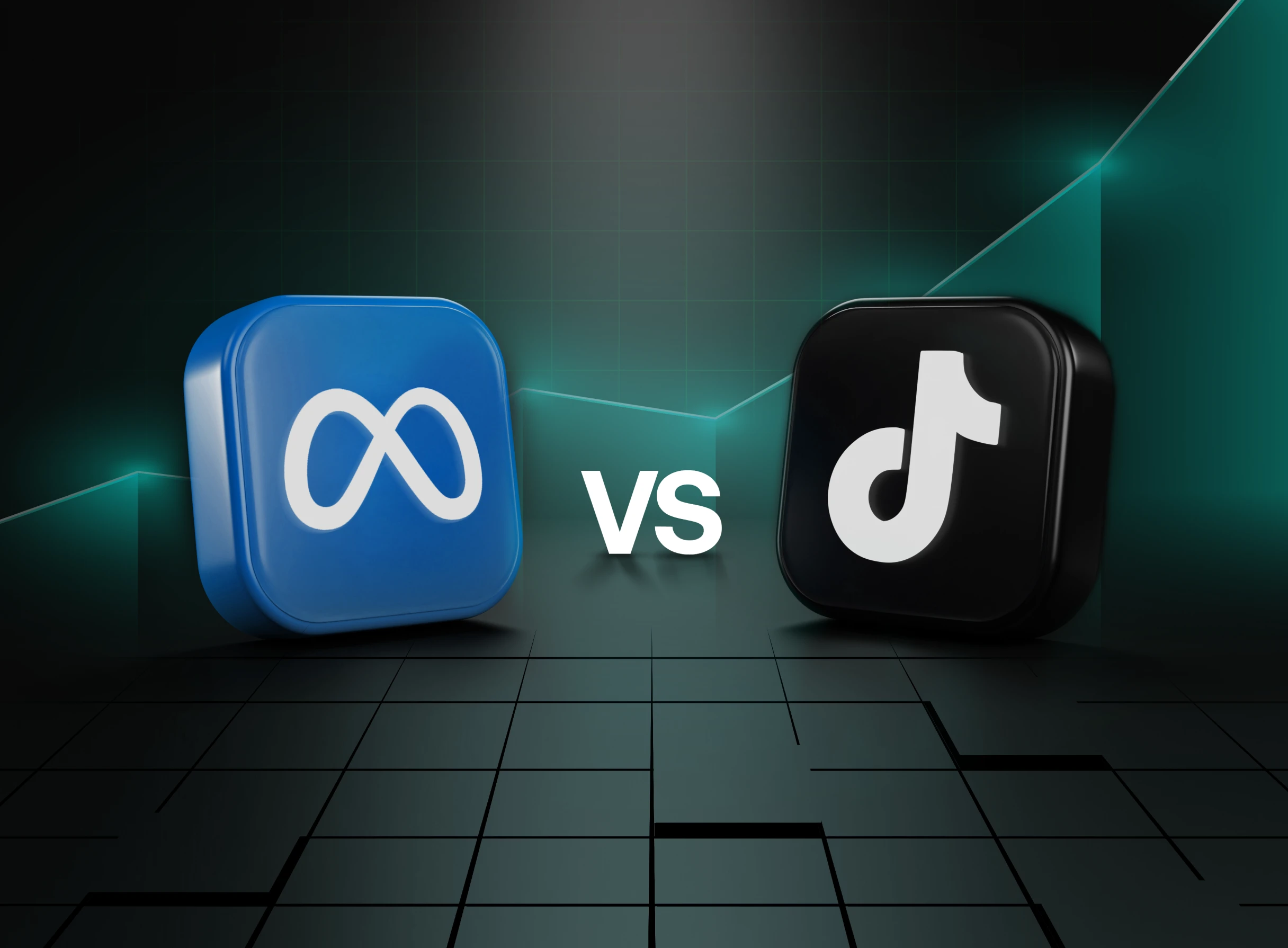Introduction
Not long ago, a visually stunning website was enough to turn heads. Sleek layouts, trendy fonts, and eye-catching images could carry a brand far. But those days are behind us.
In today’s fast-paced digital world, users scroll quickly, demand instant answers immediately, and will abandon anything slow or confusing. A beautiful website still matters, but it’s just the beginning.
The Shift Toward Performance
Design today is about more than looks. We’re in the era of performance-driven design, where usability, speed, and conversion take center stage. The question is no longer “Does it look good?” but “Does it work for the people using it?”
What Is Performance-Driven Design?
At its core, performance-driven design is where function meets purpose. It’s not just about aesthetics; it’s about building websites that are fast, intuitive, and built to convert. Every design choice, from button placement to copy tone, is driven by strategy and data.
This approach prioritizes:
- Fast load times
- Clear messaging
- Simple navigation
- Mobile-first design
- Strategic CTAs
It’s about making your website work for your audience. Not just to impress them, but to guide, serve, and convert.
Why the Change?
User behavior has changed, and with that, so has their expectations. People care more about efficiency over elegance. Here’s what they expect:
- Speed: 53% of mobile users will leave if a site takes more than 3 seconds to load.
- Clarity: If users can’t immediately understand what you do, they’ll move on.
- Simplicity: Overcomplicated sites lose visitors.
- Mobile-first: Most people browse on their phones—your site needs to look great and work flawlessly there.
- Clear action: Make it easy to buy, sign up, or reach out.
The 5 Ingredients of Performance-Driven Design
1. Speed Is Everything
Slow sites lose users. Designers and developers must collaborate to optimize load times and keep visitors engaged.
2. Get to the Point
People are busy. Communicate your value clearly, quickly, and confidently.
3. Keep It Simple
Navigation should be intuitive, with key content placed where users expect it. Every page should answer a question or lead to an action.
4. Design for Results
It’s not about clicks, it’s about conversions. Test different layouts, CTAs, and content to see what drives real action.
5. Prioritize Mobile
If your site doesn’t work on mobile, it doesn’t work—period. Make sure buttons are tappable, text is readable, and nothing breaks on small screens.
Gone are the days of designing by instinct. Performance-driven design relies on data-backed decisions:
- What are users clicking?
- Where are they dropping off?
- What content converts?
A/B testing is your best friend. If red buttons perform better than blue, use red. If users leave a page quickly, find out why and fix it. Data isn’t the enemy of creativity, it sharpens it.
Keep the Human Touch
Performance-driven doesn’t mean robotic. Your site should still reflect your brand personality, it just needs to do it strategically. Use plain language, write like you’re talking to your audience, and include moments of surprise and delight, so long as they serve the user, not distract from the goal.
When Data Meets Design
Performance-driven design blends analytics with aesthetics. Tools like Google Analytics, Mixpanel, and Hotjar show what’s working and what’s not, so you can design with intention and constantly improve.
Getting Started: A Quick Roadmap
- Define your goals – What’s the purpose of your site?
- Know your audience – What do they want and where do they struggle?
- Let data guide you – Use tools to inform design decisions.
- Test and iterate – A/B test everything.
- Collaborate – Bring marketers, designers, and developers together.
Final Thoughts
Performance-driven design isn’t about sacrificing beauty. It’s about building websites that are beautiful and functional. Websites that tell your story, and get results.
So next time you’re reviewing a design, don’t just ask, “Does it look good?”
Ask: “Does it work for the people who are using it?”





